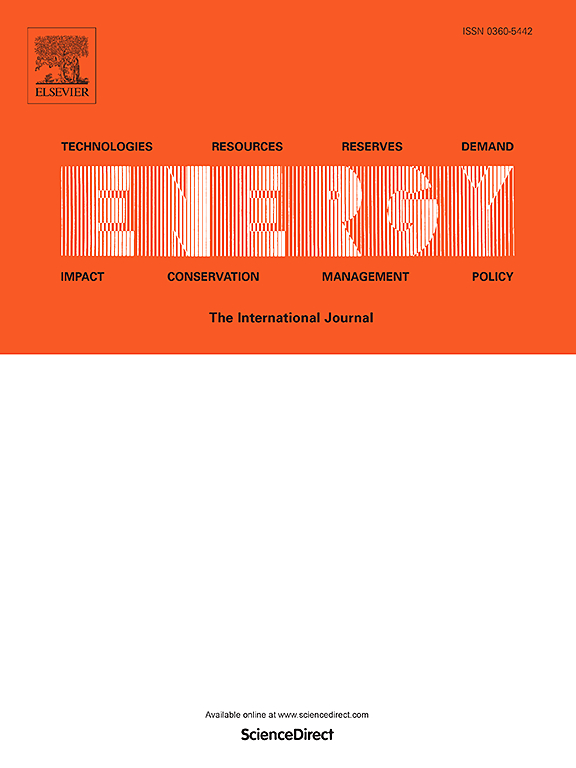Spatial-temporal variation and coupling relationship between primary energy consumption and economic growth: A global assessment
IF 9
1区 工程技术
Q1 ENERGY & FUELS
引用次数: 0
Abstract
This paper evaluated the spatial-temporal variation and coupling relationship between global primary energy consumption and economic growth from 1965 to 2020. Spatial autocorrelation analysis, coupling and coordination degree model, and the auto-regressive integrated moving average (ARIMA) model were applied. Also, we analyzed the regional inequality of global energy consumption with the Dagum Gini coefficient and decomposition method. The results presented diversity and heterogeneity of global energy consumption with impressive growth. Regional inequality has decreased or kept stable over time at a high level. The inter-regional disparity is the primary source of regional inequality in all energy consumption types. Under the multi-polar framework with weaker spatial clustering, the degree of global coupling coordination of FEC with economic growth has significantly improved, and a high level of coupling and coordination has been achieved since 2005. In contrast, except for China and the U.S., most countries exhibited a current and long-term uncoupling and imbalance between non-fossil energy consumption and GDP. According to the trend forecast, major energy consumers struggle to meet their prospective REC or NFEC targets without further action. The study highlights the urgency for coordinated strategies addressing regional heterogeneity in energy transition pathways while maintaining economic growth.

求助全文
约1分钟内获得全文
求助全文
来源期刊

Energy
工程技术-能源与燃料
CiteScore
15.30
自引率
14.40%
发文量
0
审稿时长
14.2 weeks
期刊介绍:
Energy is a multidisciplinary, international journal that publishes research and analysis in the field of energy engineering. Our aim is to become a leading peer-reviewed platform and a trusted source of information for energy-related topics.
The journal covers a range of areas including mechanical engineering, thermal sciences, and energy analysis. We are particularly interested in research on energy modelling, prediction, integrated energy systems, planning, and management.
Additionally, we welcome papers on energy conservation, efficiency, biomass and bioenergy, renewable energy, electricity supply and demand, energy storage, buildings, and economic and policy issues. These topics should align with our broader multidisciplinary focus.
 求助内容:
求助内容: 应助结果提醒方式:
应助结果提醒方式:


